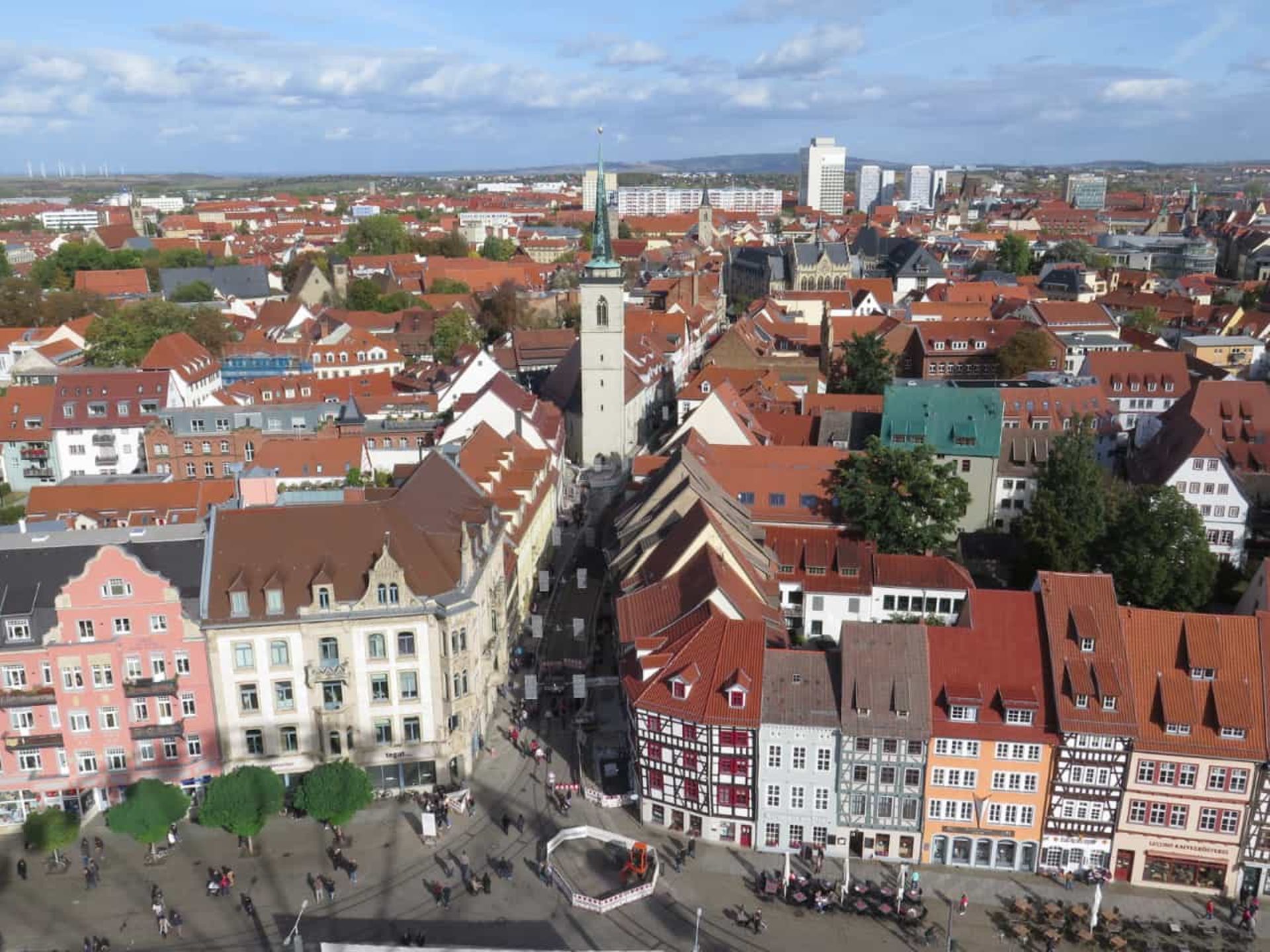2022 - September - Bourse de Commerce - Museum of Contemporary Art
प्रकाशित कीता: 10.09.2022
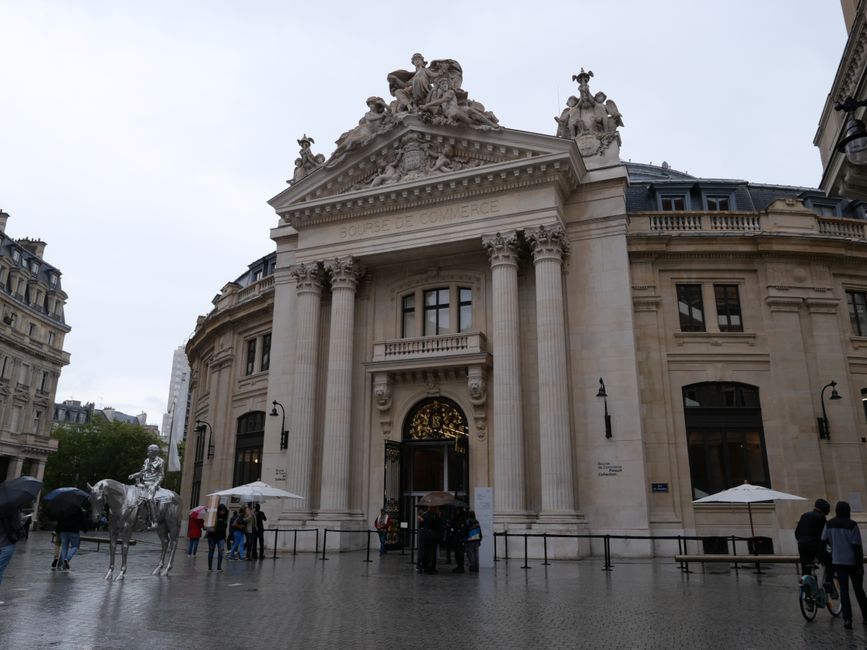
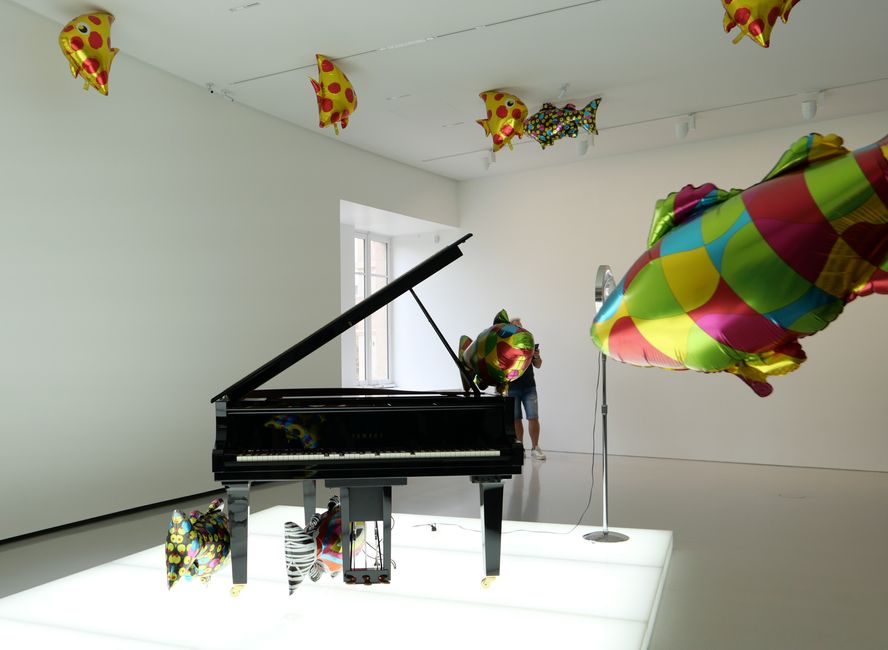
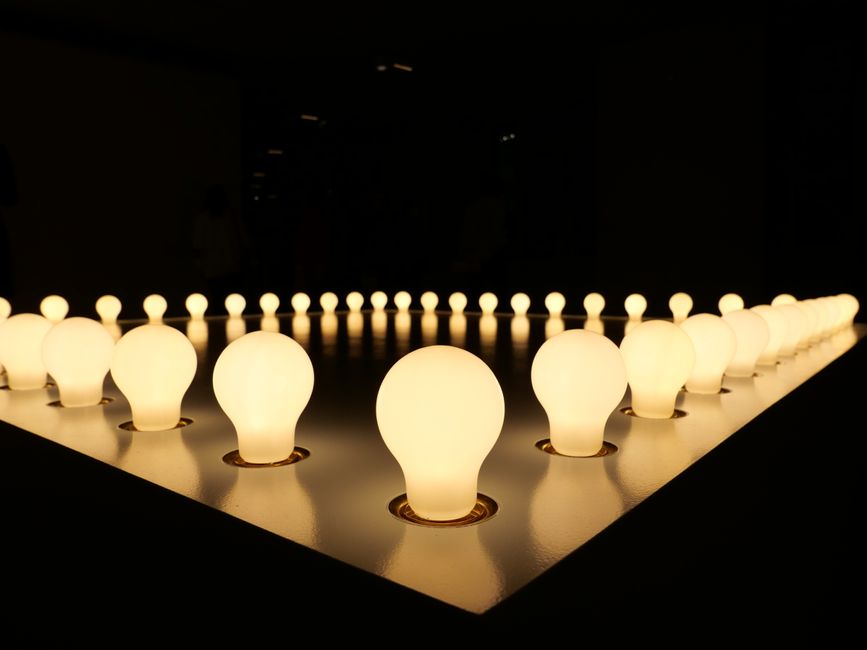
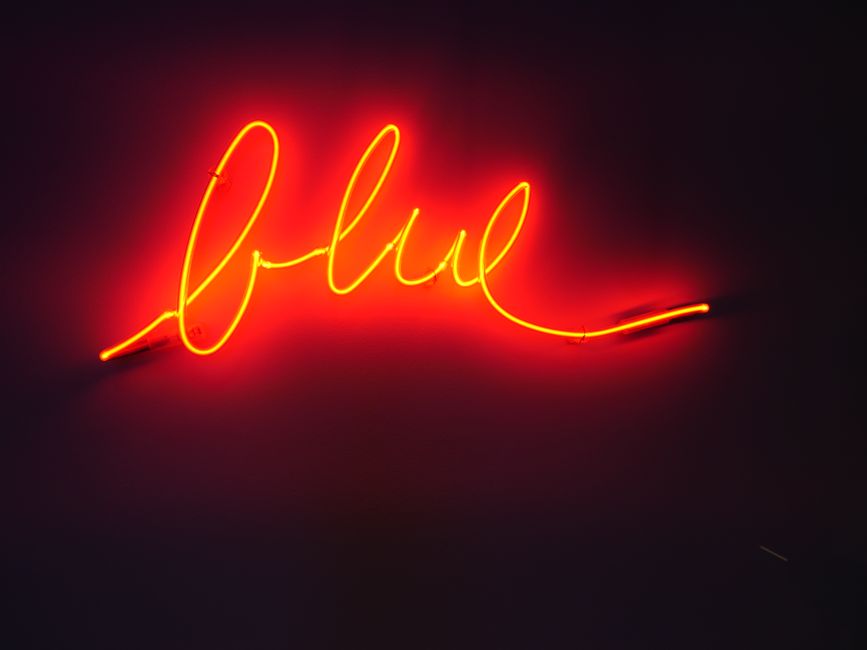
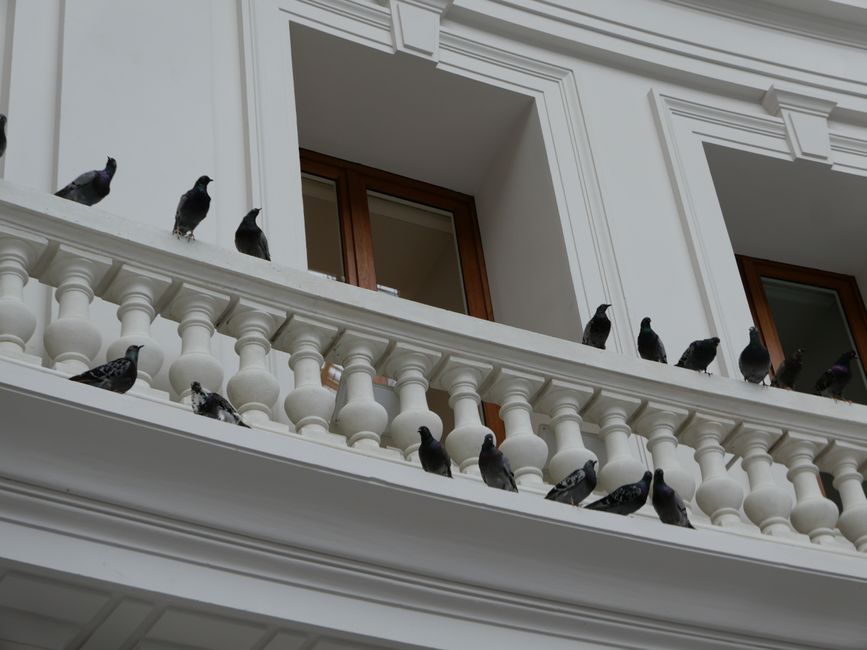
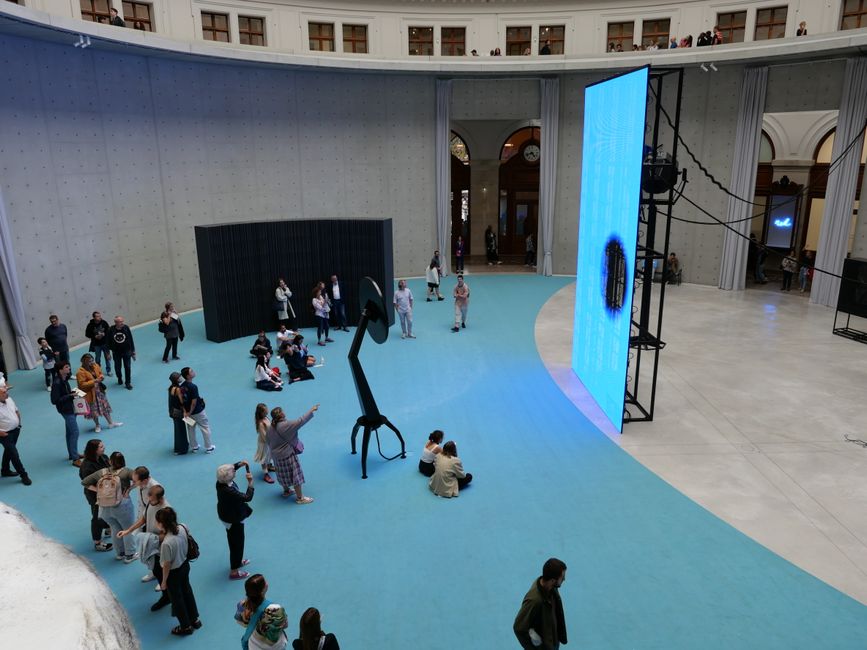
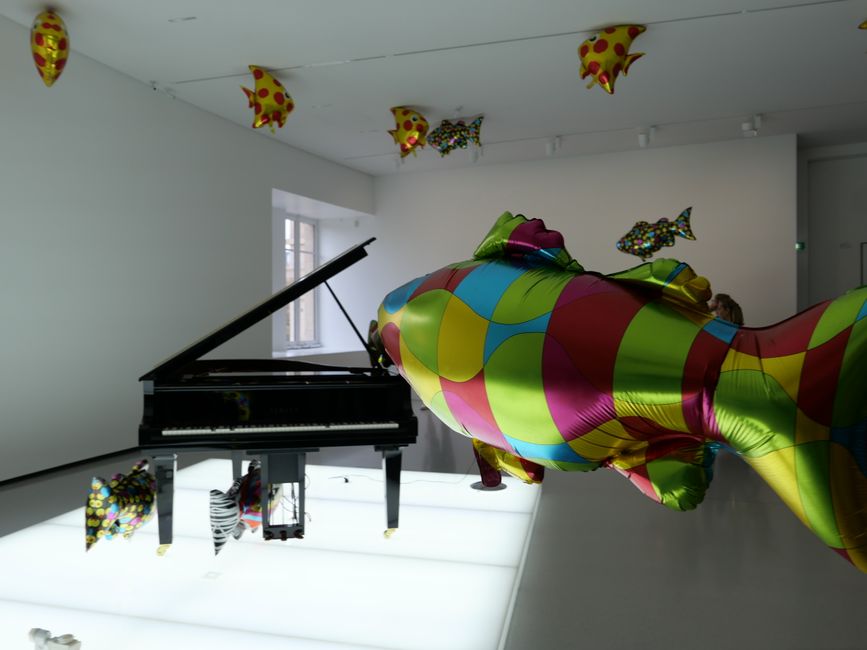
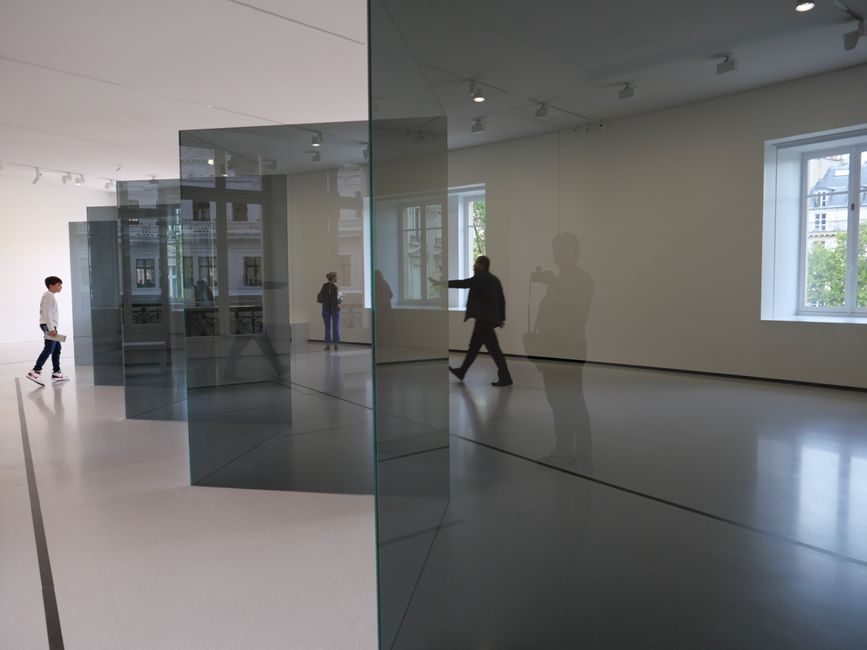
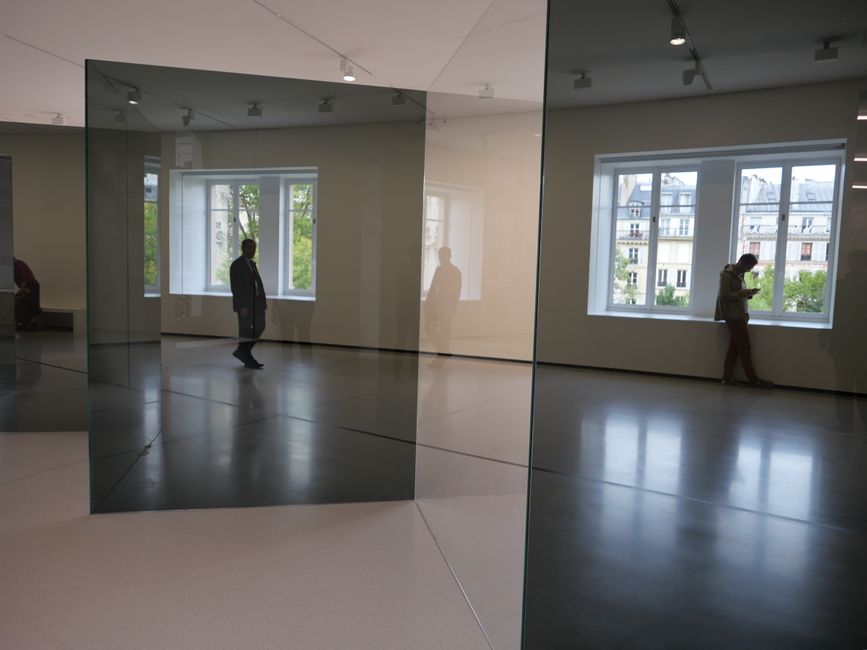
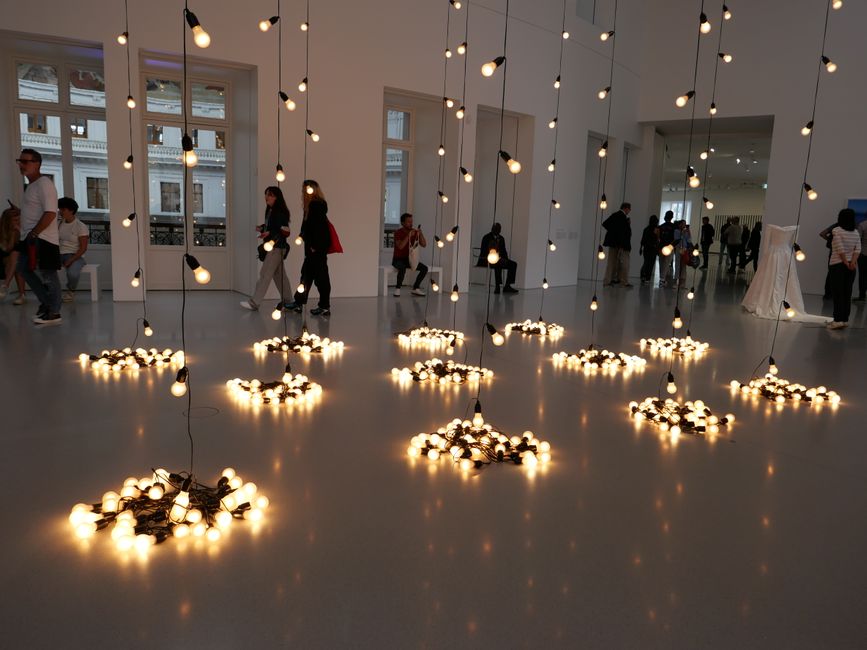
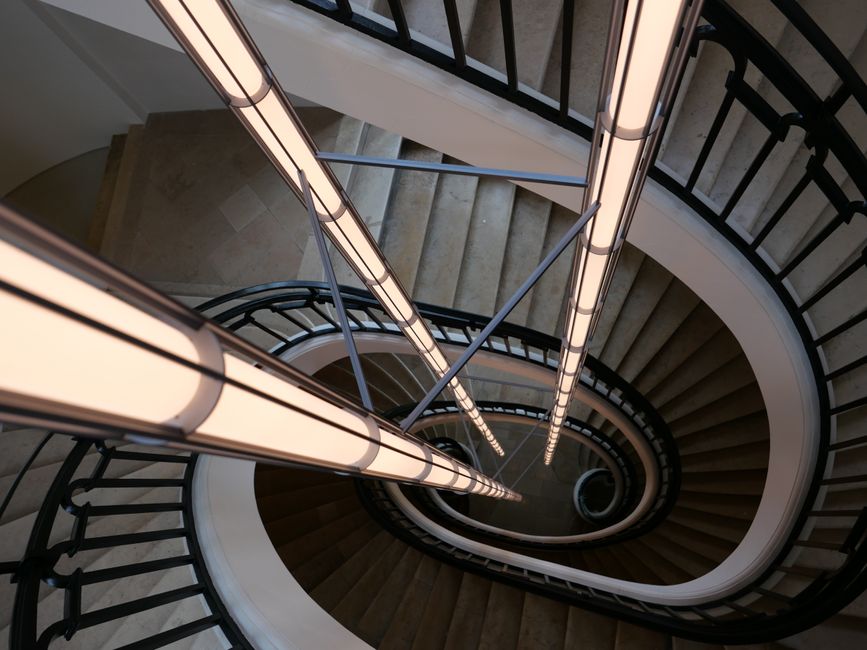
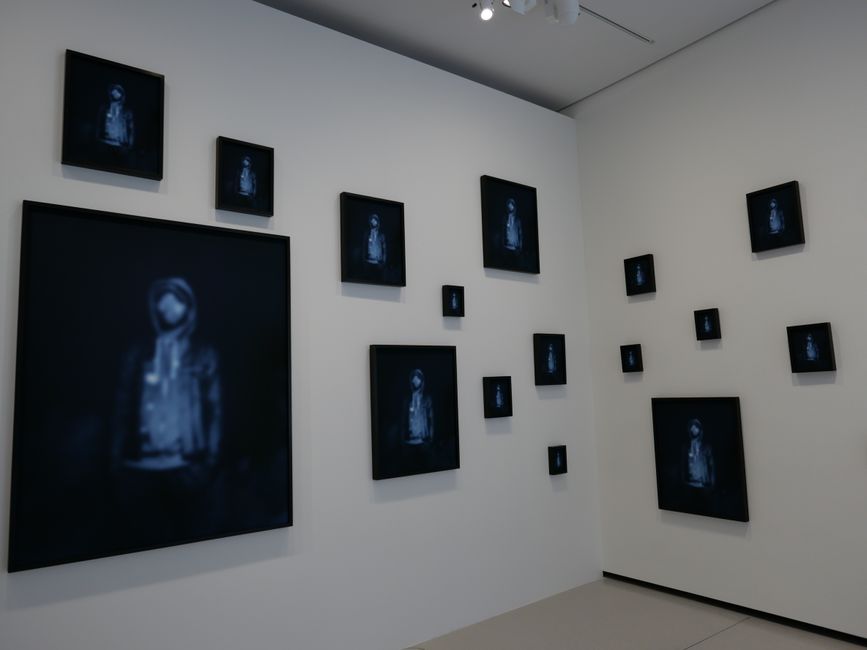
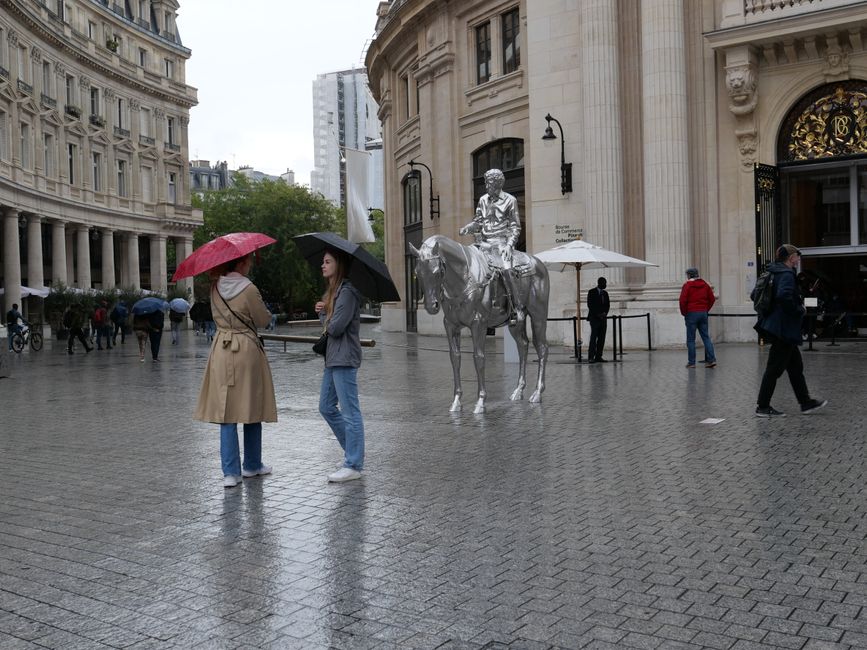
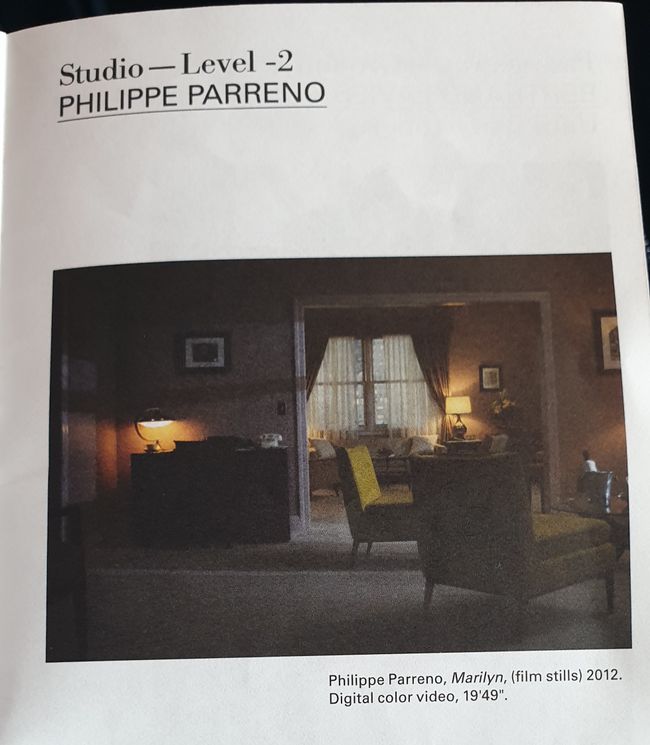
न्यूज़लेटर दी सब्सक्राइब करो
Had I ever heard of François Pinault? I admit, I hadn't. Yet he is one of the most influential collectors of contemporary art worldwide. It is believed that his collection contains about 10,000 pieces through a foundation bearing his name. The value of this collection is estimated at 1.5 billion euros.
In order to showcase some parts of it, a suitable location was sought. In the end, there were even three. Two of the objects are located in Venice (Palazzo Grassi and Punta della Dogana) and one in the heart of Paris: the Bourse du Commerce. All three were restored by the Japanese architect Tadao Ando. And the Bourse de Commerce was only opened in 2021.
Now Paris already has a wide range of art museums. Is this now a suitable addition? The visitor queues in front of the entrance say yes!
But what does 'Contemporary Art' mean? I always assumed that it simply refers to art of our time and that the artists themselves, at least the majority of them, are still alive. But I have now also learned that in contemporary art, the concept and the question are often the focus.
And that often leaves me wondering. I can be fascinated by the light bulbs lying on the ground because they emit a beautiful light. But I can't see anything more.
But I was actually overwhelmed by the large installation by Philippe Parreno in the rotunda. There is a large screen on which circles and occasionally a 'ghost' appear, along with a machine with liquids and an artificial snow mountain.
The description in the accompanying booklet, stating that it is about the 'deep dependence of our species on its environment, which by treating it as an inexhaustible resource has probably set energies in motion that exceed it', I couldn't recognize that.
There is also a film by Philippe Parreno in the basement, showing Marilyn Monroe's hotel room at the Waldorf Astoria Hotel in the late 1950s.
A female voice describes the room, a pen writes on paper. Rain splashes against the windowpanes. Everything feels as if Marilyn Monroe is writing an intimate letter.
Finally, the camera zooms out of the room and we see only a film set and a robotic arm holding the pen. We see the 'portrait of a phantom embodied in an image'. That, in turn, caught my attention.
Can I be satisfied with that? In the end, everyone can only decide for themselves whether they liked the presented art or not.
For me, it was interesting to see that a striking number of young people were present in the exhibition. And unlike, for example, in the Louvre, no selfies were taken here, but people actually pondered over what was presented.
न्यूज़लेटर दी सब्सक्राइब करो
परता
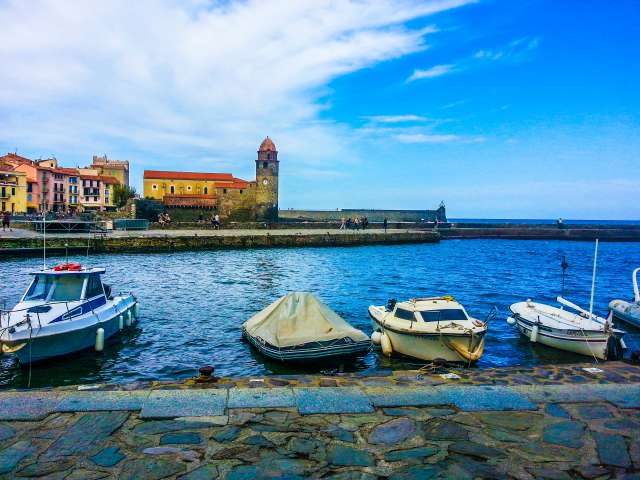
यात्रा दी रिपोर्ट फ्रांस ऐ।
